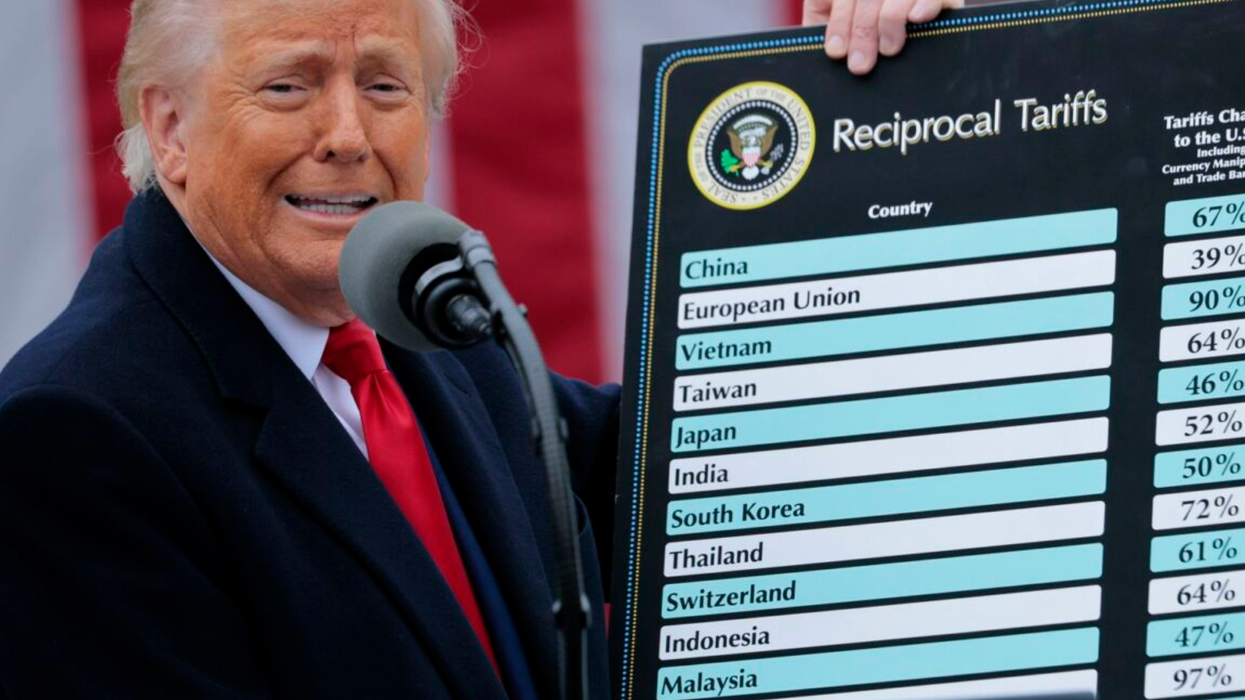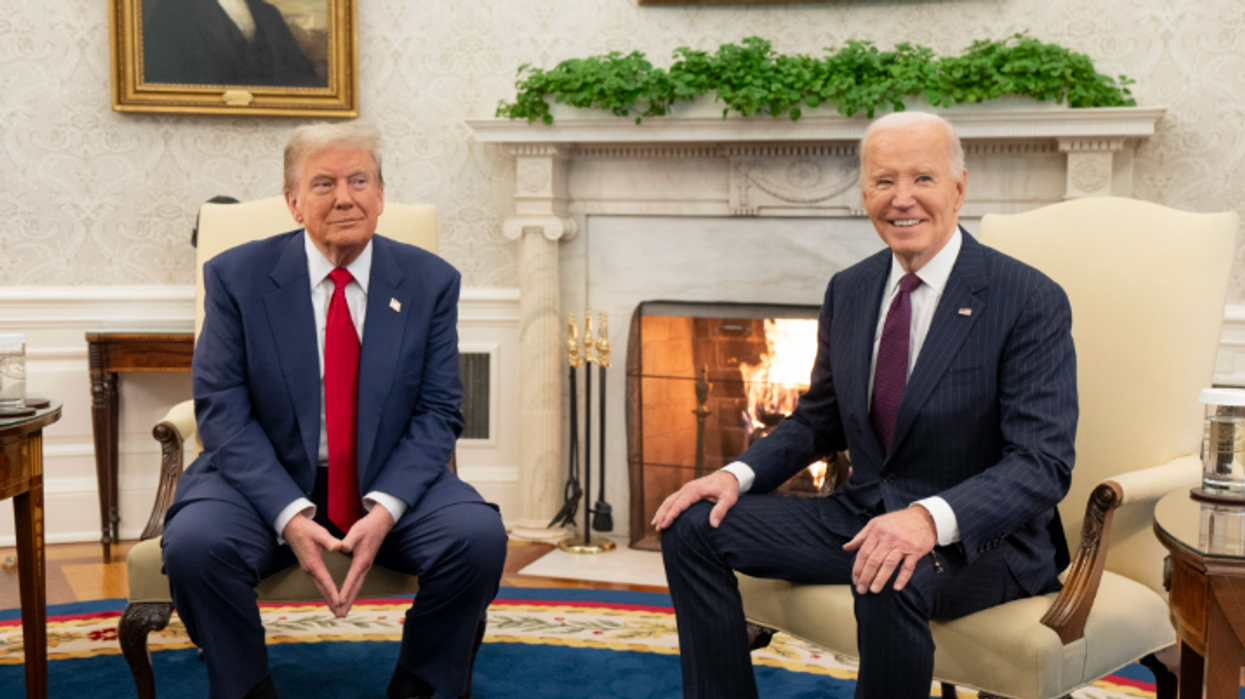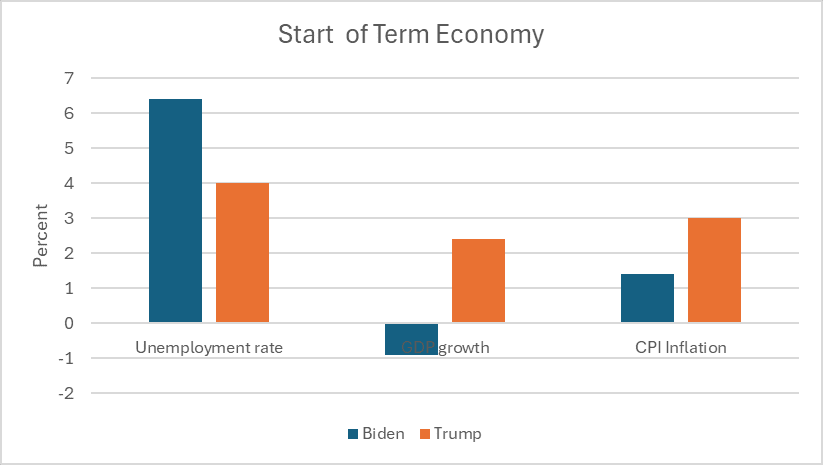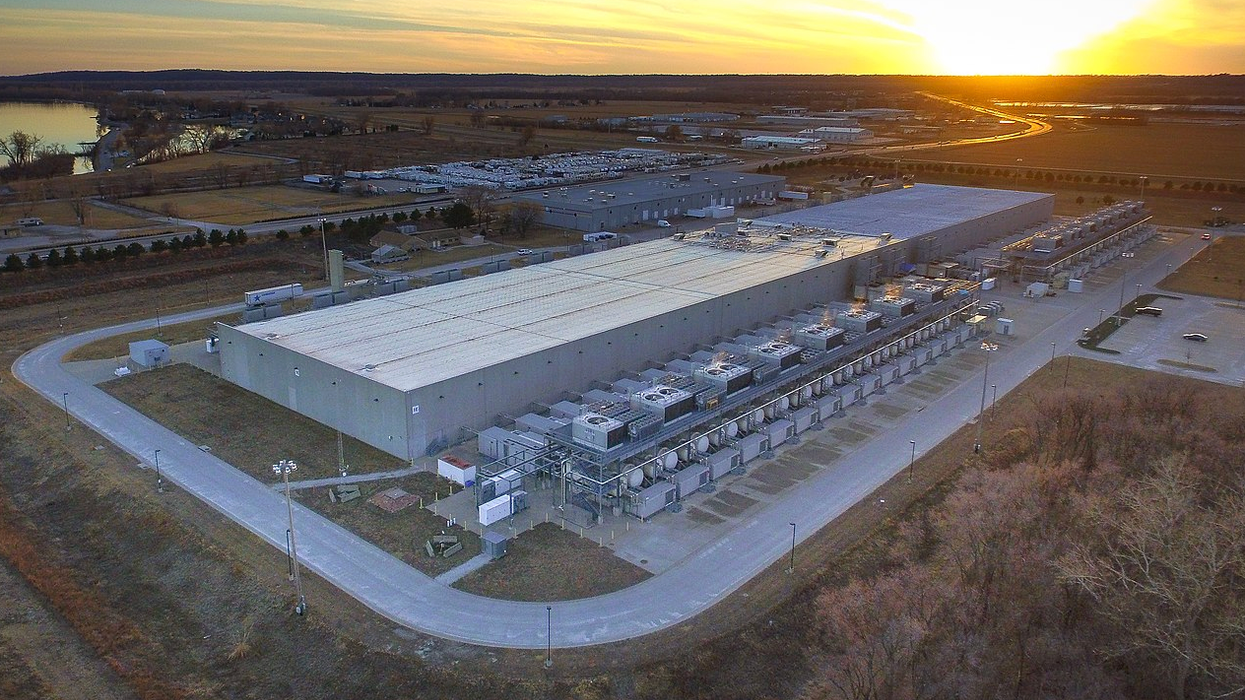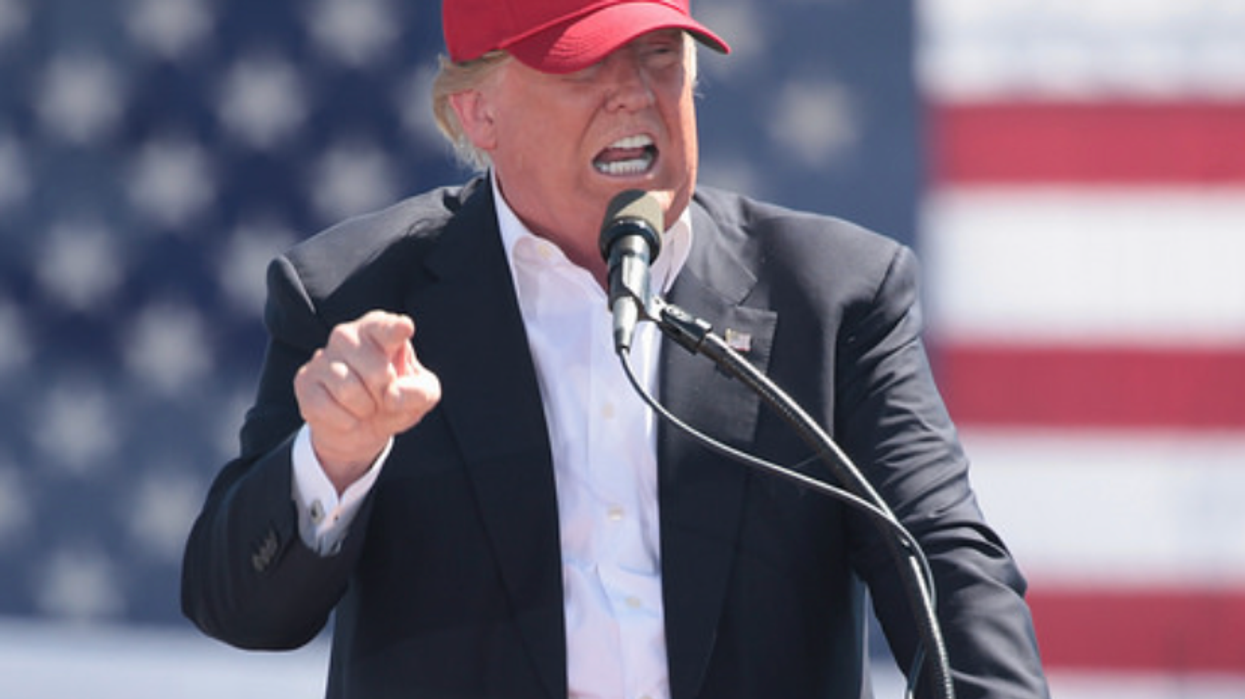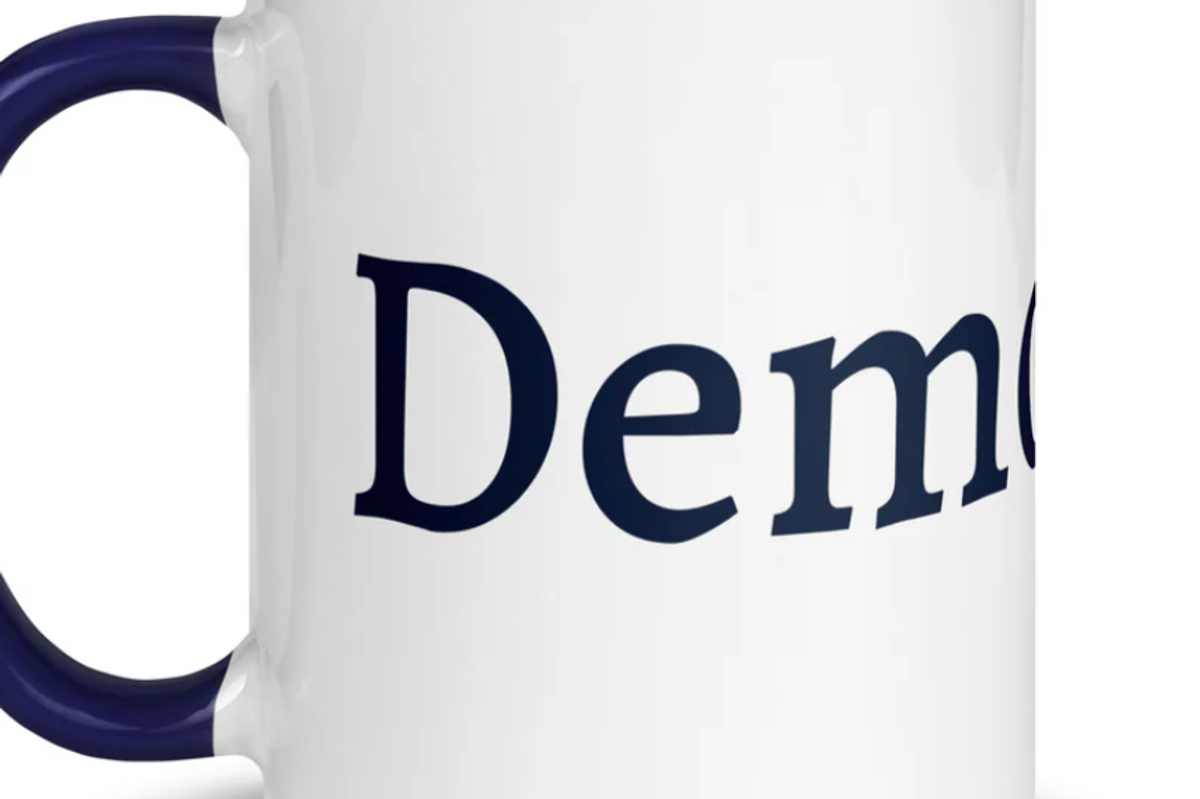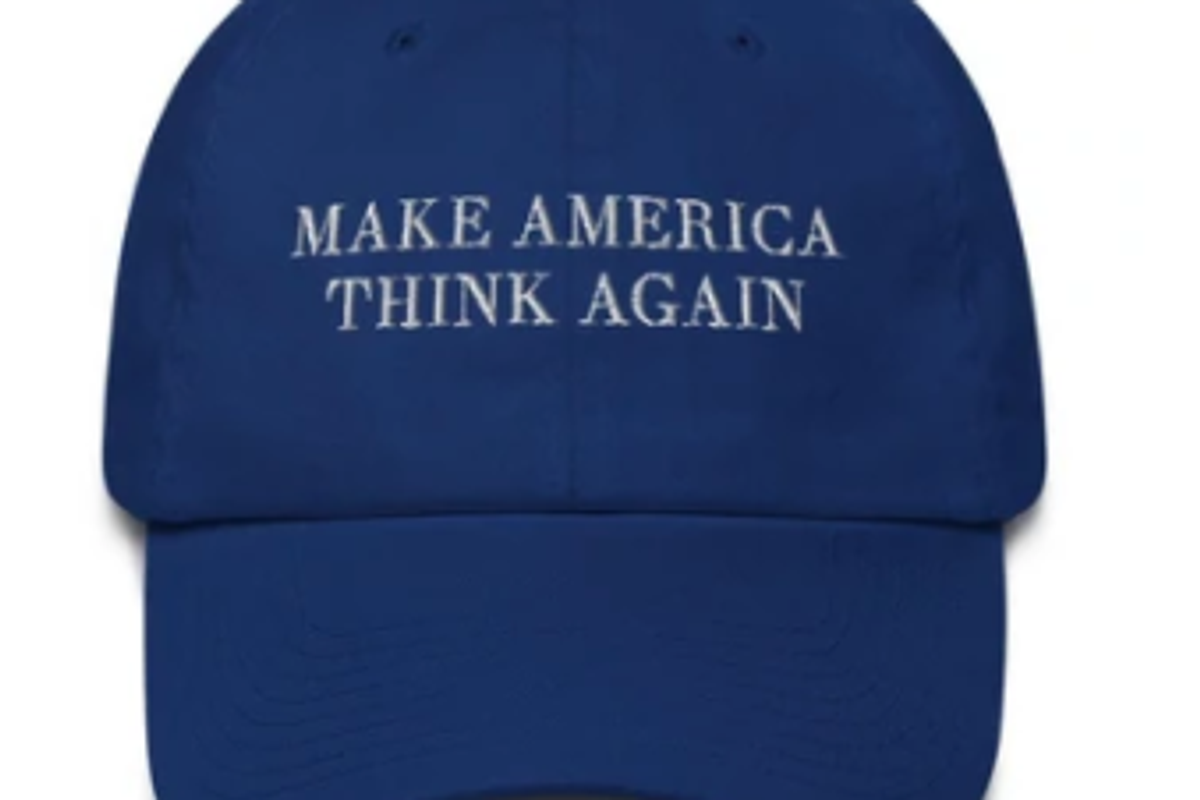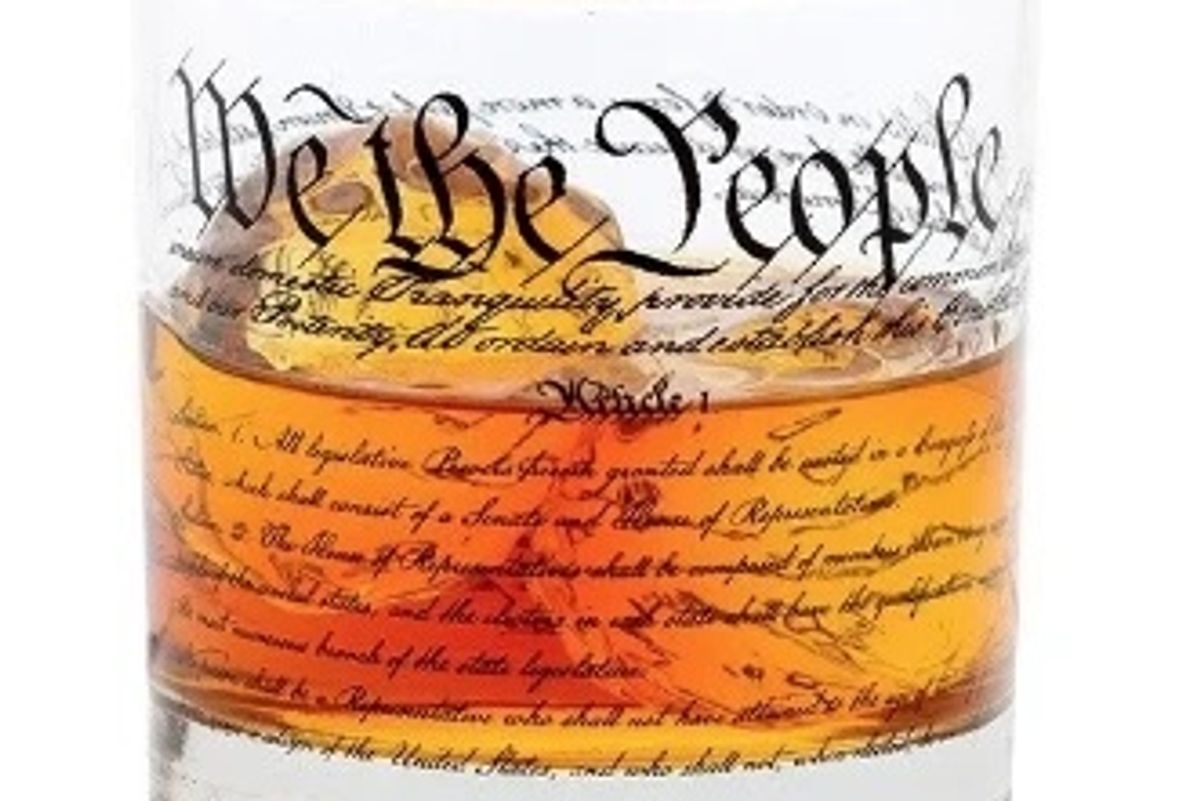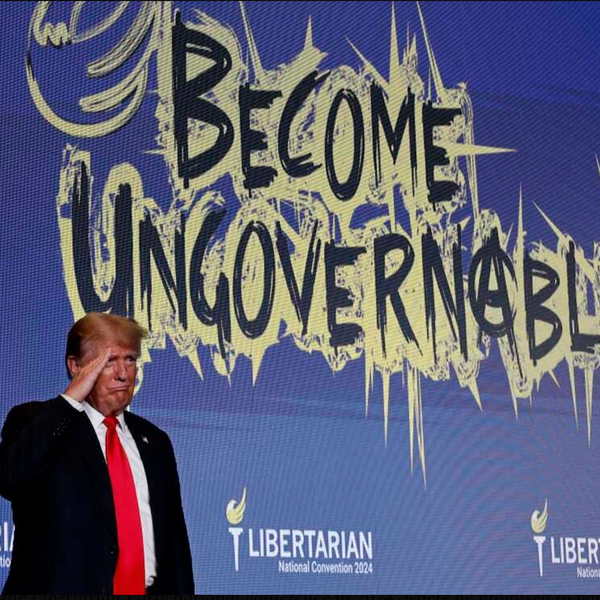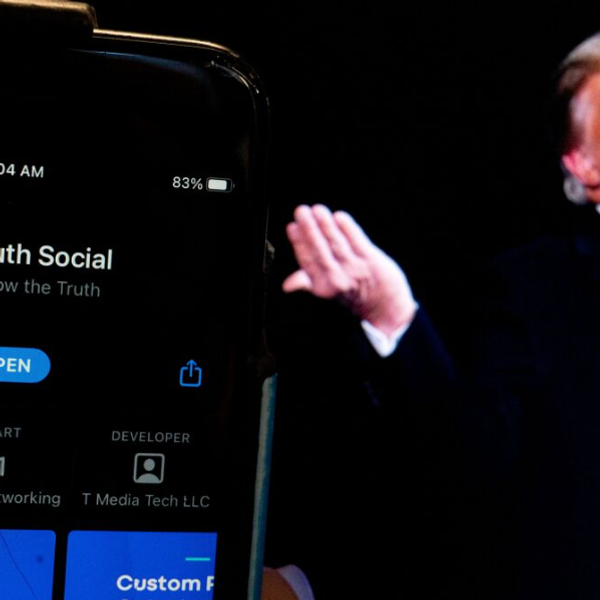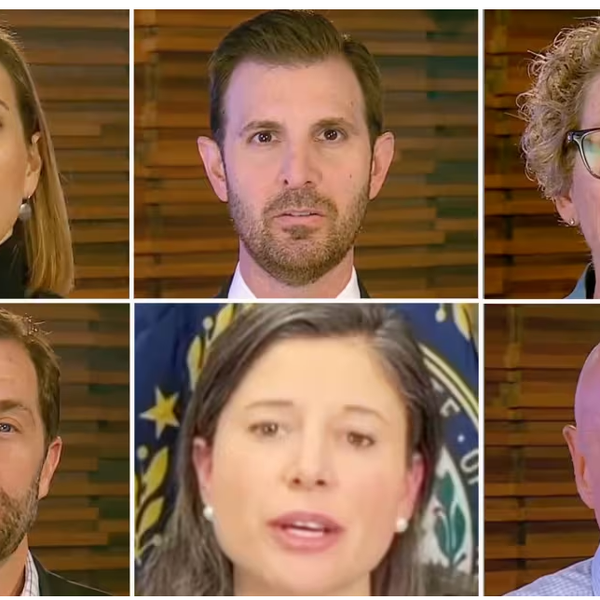Trump's Obsession With His 'Beautiful' Tariffs Is Getting Even Crazier
Some kids will have a favorite toy or stuffed animal that they latch onto and keep with them at all times. It can be cute, and they usually grow out of it, so there’s no real harm. It’s a bit different when the kid is the president of the United States and the item he chooses to latch onto is a major policy tool that he does not understand at all.
The item of course is tariffs, which Donald Trump has pronounced as the “most beautiful word in the English language.” This alone should be 25th Amendment stuff. Tariffs are taxes on imports, nothing more, nothing less.How can a type of tax be the most beautiful word in the English language? Imagine someone getting teary eyed and sentimental over “gasoline taxes” or maybe “land transfer taxes.” This is real whack job stuff.
But even worse, Trump doesn’t seem to understand the object of his love at all. He seems to believe that foreign countries are paying the tariffs. He often talks about them as though the Chinese, Korean, or Canadian governments are sending us checks to pay his tariffs.
That is absurd on its face. The tariffs are taxes paid at our ports by the company that imports the product. There is a possibility that the exporters lower their prices to offset the tariffs. To some extent this does happen, but research shows that only a small share -- five to 15 percent -- of the tariff is offset in the form of lower prices charged by exporters. This means that the overwhelming majority of Trump’s tariffs are paid by businesses and consumers in the United States.
And we already have the data on this with Trump’s tariffs. The price we pay, not including the tariffs, for our imports has been rising since Trump’s “Liberation Day,” not falling. This means there is no doubt, people here are paying the bulk of Trump’s tariffs, not anyone in foreign countries.
But Trump’s tariff craziness goes further. He is obviously very concerned that the Supreme Court will rule against him on the legality of his tariffs. They may decide that the first paragraph of section 8 of the Constitution, laying out the powers of Congress which says Congress has the power to impose taxes, means something like Congress has the power to impose taxes. That would mean that Trump would have to end most of his taxes and likely refund the money he raised.
Trump clearly seems to view this as a disaster. He constantly whines over this prospect. He has even taken to claiming that the Supreme Court was given “wrong” numbers on the revenue raised from his tariffs.
This is incredibly crazy for two reasons. First, Trump’s lawyers were the ones giving the court the numbers. Is he claiming that his own lawyers gave inaccurate numbers to the Supreme Court? If that were really the case, the President who is best known for his role in The Apprentice, should have used his signature “you’re fired” line at the point his case was argued.
The other reason Trump’s claim is totally crazy is he somehow came up with the number of $3 trillion as the amount that would have to be refunded. This number is beyond absurd. In a full year, our goods imports are roughly $3 trillion. Does Trump think he imposed 100 percent tariffs on all goods imports? And most of his tariffs have only been in place for half a year.
But the crazy gets worse. Trump insists that tariff revenues are about to skyrocket, as companies have drawn down inventories and will now have to bring in more goods on which they will be paying his tariffs.
There are several problems with this latest Trump story. First there is no evidence that inventories are unusually low right now. The most recent data we have show them to be somewhat higher than at the same point last year.
The second problem is one of simple logic. If tariff revenue is about to soar that would mean that imports and our trade deficit are about to soar. Trump had promised to bring our trade deficit down. Is he now claiming that it is about to go sharply higher?
But the third problem from Trump’s claim is that, if true, it would mean that we will soon be paying much higher taxes. This means that the problem of high prices and affordability that has gotten so many people upset will soon get much worse. That would be very bad news for the tens of millions of people struggling to make ends meet and a big hit to the economy’s growth.
The good part of the story is that the prospect of soaring tariffs is a Trumpian fantasy. If anything, tariff revenue is likely to be somewhat lower in the months ahead as Trump has reduced tariffs on bananas, coffee, and a number of other food items.
Also, as trade patterns adjust to higher prices, import volumes will inevitably fall. The process will be accelerated as foreign companies and countries increasingly recognize that the United States is no longer a reliable trading partner and instead look to other markets. For these reasons, the taxes we pay for Trump’s tariffs will be going down, not up.
But the bad news is that Trump clearly has no idea what he is talking about when it comes to his signature policy. He has no idea of the magnitudes or mechanisms involved in what he calls the most beautiful word in the English language. Maybe Trump doesn’t know English very well.

